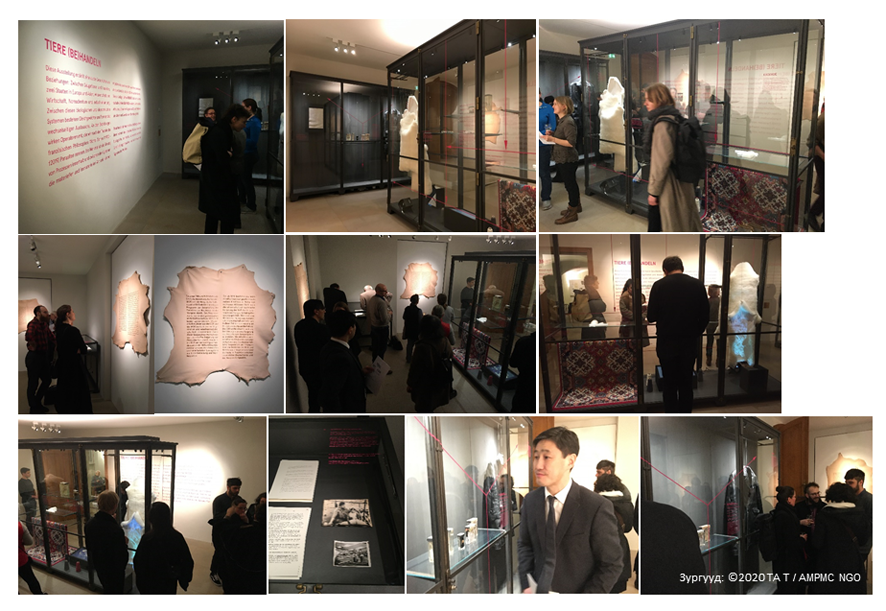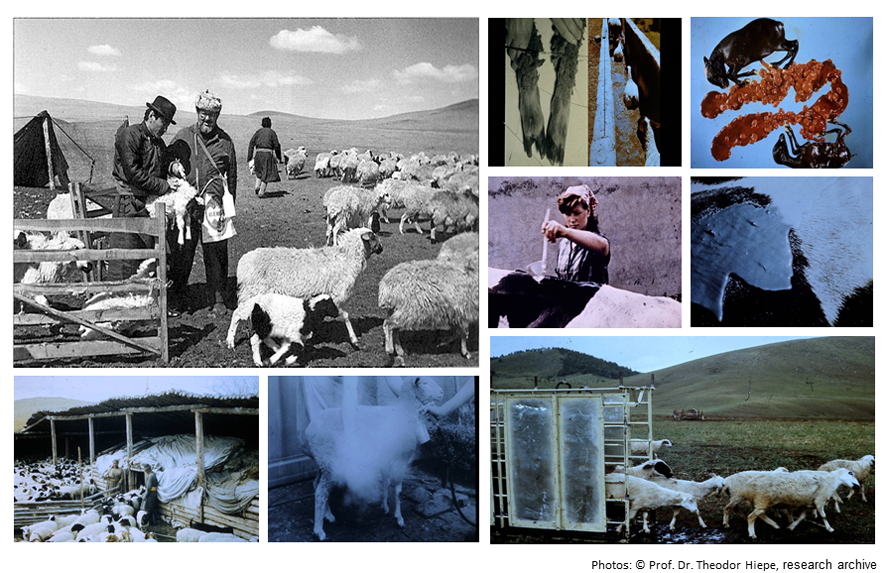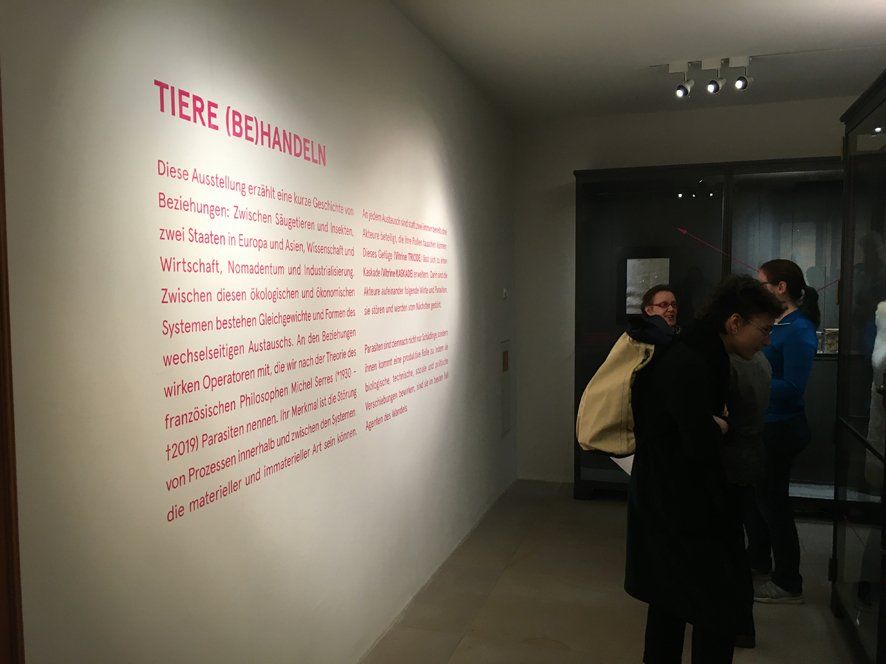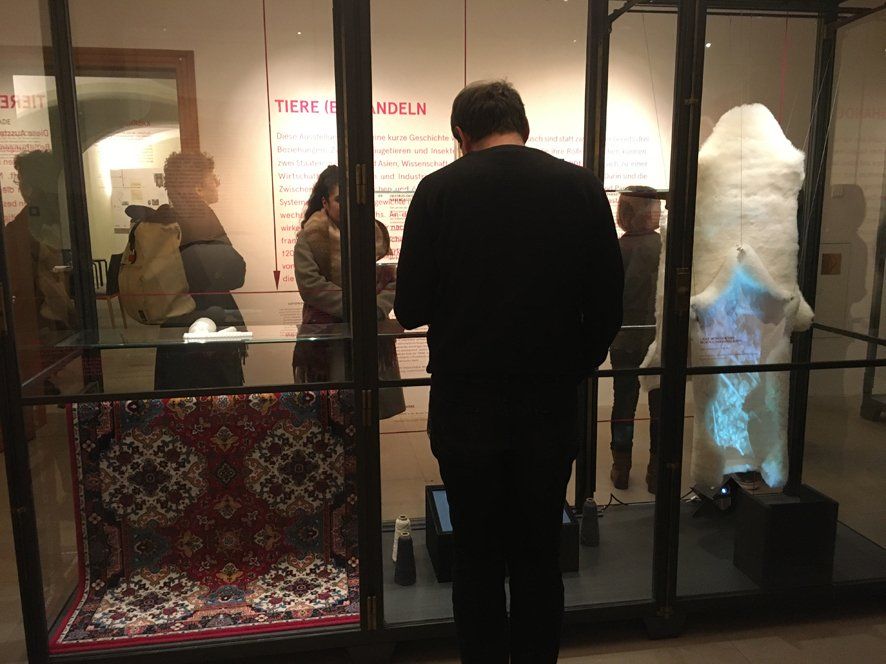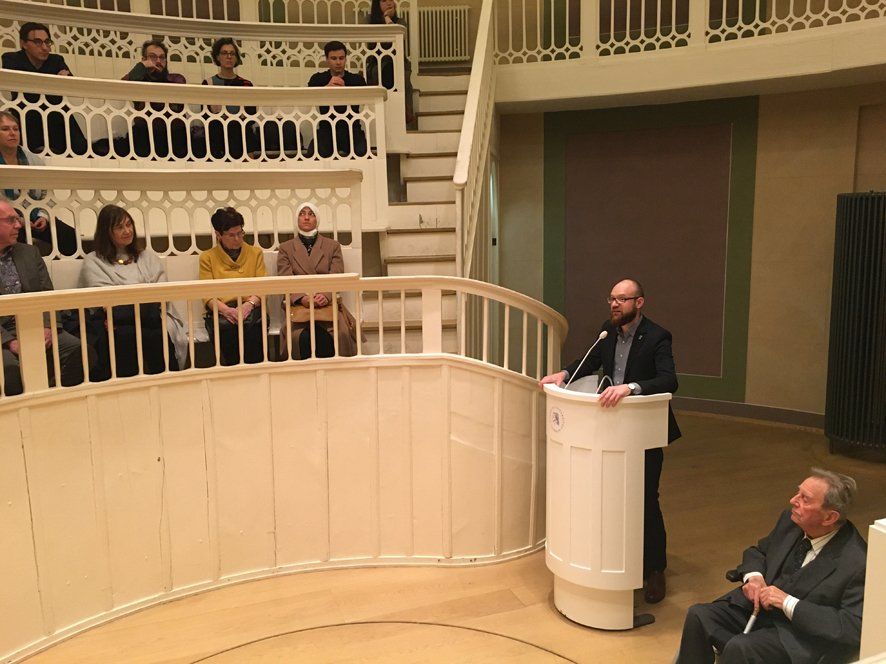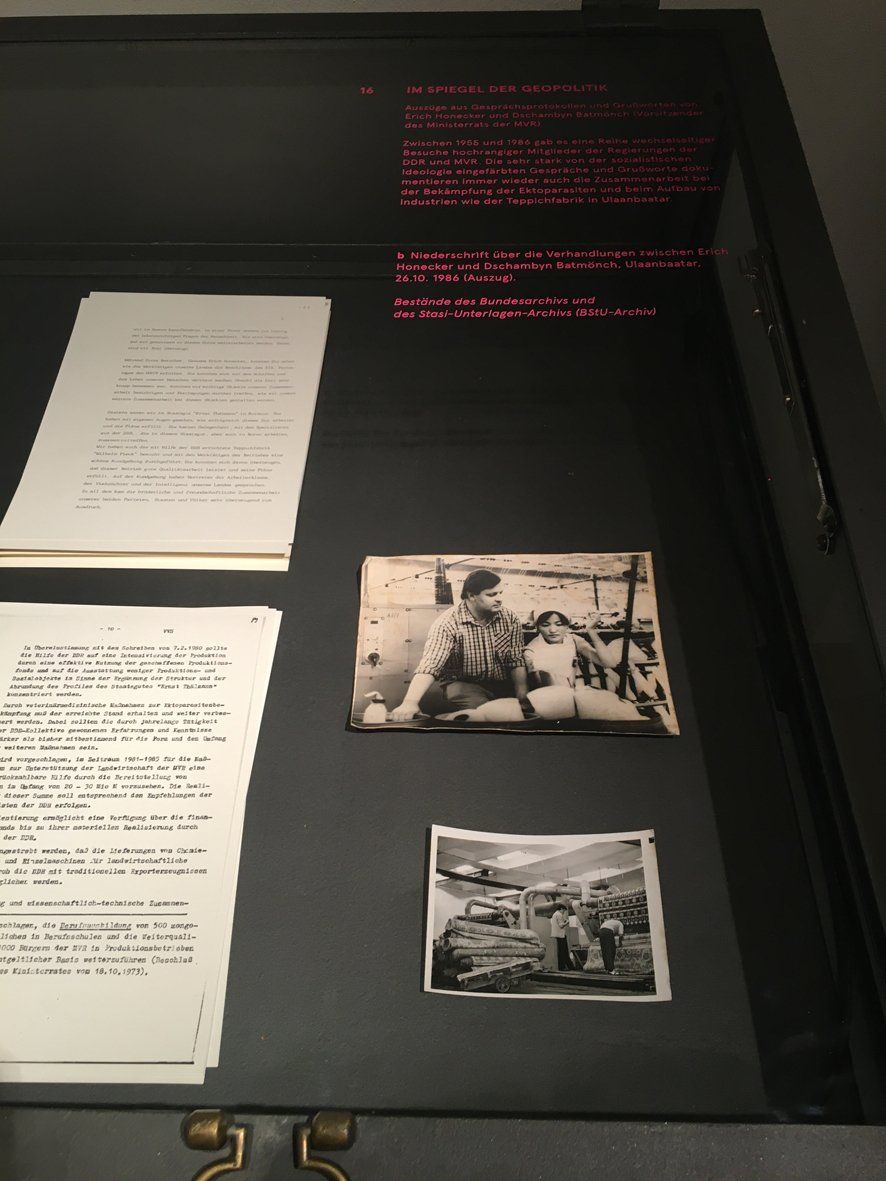Exhibition at Tieranatomisches Theater Berlin shows the connection between science, agriculture and economic foreign policy.
Research projects in the GDR were often linked to political or economic interests, but they also generated important knowledge and marked the beginning of cooperation that continues to this day. Starting om February 7, the new special exhibition "Treating and Trading Animals" in the Tieranatomisches Theater of the Humboldt-Universität zu Berlin (HU) tells the story of the exchange of scientific knowledge, technology transfer and trade relations between the Mongolian People's Republic (MVR) and the German Democratic Republic (GDR) between the late 1960s and the 1980s. The exhibition covers the range from veterinary medicine to industrial and economic developments. Thirty years after the fall of the Wall, it takes a differentiated look at the science of the GDR and at disruptions and continuities.
The bilateral economic agreements included on the one hand the veterinary (parasitological) treatment of animal diseases and on the other hand the development of the leather and textile processing industry in Mongolia. The cooperation enabled the GDR to outsource the production of animal products and to supply its own citizens with consumer goods that it could not produce itself. MVR received scientific support in return for taking over the land-intensive animal husbandry. The GDR thus became Mongolia's most important trading partner in Europe and purchased leather and wool products mainly from the Mongolian People's Republic.
The close cooperation between German scientists and Mongolian veterinarians in applied research on farm animal diseases has become institutionally established. To this day, there is cooperation between Freie Universität Berlin (FU) and the Mongolian University of Life Sciences and the Institute of Veterinary Medicine in Ulaanbaatar. The exhibition pays special tribute to the scientific achievements of the parasitologist and veterinarian Prof. Dr. Theodor Hiepe, who conducted research at the HU from 1962 to 1993 and subsequently at the FU until 1995. He mainly researched on sheep diseases, and he initiated and led the research cooperation with Mongolia. The exhibition is being organized in honor of Prof. Hiepe's 90th birthday.
The Tieranatomisches Theater was used from 1790 to 2005 for teaching and research in veterinary medicine. For this reason, today one of its exhibition spaces is dedicated to changing exhibitions on the history of veterinary medicine.
Treating and trading animals is an exhibition of the Hermann von Helmholtz Centre for Cultural Technology in cooperation with the Cultural Envoy of Mongolia in Germany and the Arts & Media Project Management & Consulting NGO (AMPMC), the AG Molekulare Parasitologie of the Humboldt-Universität zu Berlin and the Institut für Parasitologie und Tropenveterinär-medizin of the Freie Universität Berlin.
TREATING AND TRADING ANIMALS
Parasitology between Ecology and Economy
Tieranatomisches Theater der Humboldt-Universität zu Berlin
February 7, 2020 – June 30, 2021
/extended/
Curators:
Katharina Otto, Felix Sattler




